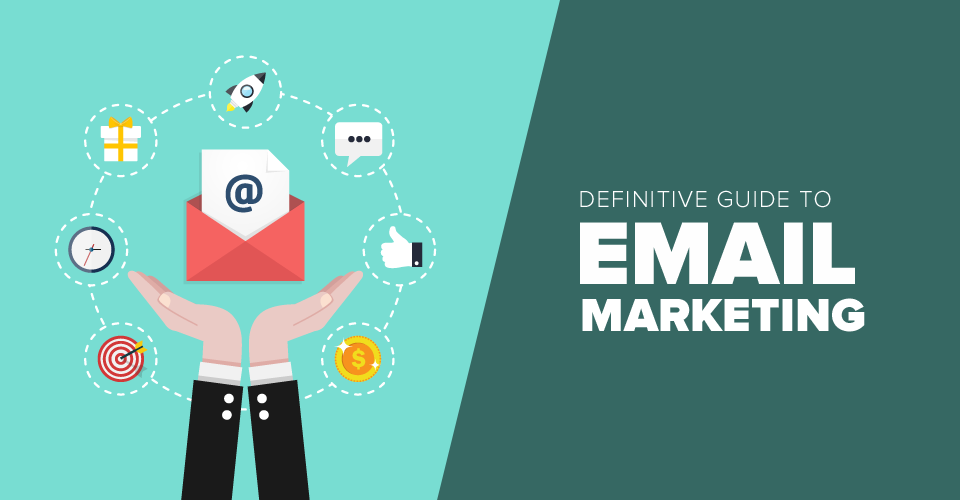Email Marketing / Introduction to Email Marketing / Email Marketing Strategies / Email Marketing Laws and Regulations / Email List Building / Email Content and Copywriting / Design and Visual Elements / Call to Action (CTA) Optimization / Testing and Optimization / Email Marketing Software / Marketing Automation / Email Analytics and Tracking / List Management and Segmentation / Segmentation Strategies / Re-engagement Campaigns / Email Marketing Best Practices / Personalization and Customer Relationship / Future Trends and Innovations in Email Marketing / Interactive Email Content / Privacy and Data Protection
Techniques for Improving Email Deliverability
Build a Clean and Engaged Subscriber List:
A clean and engaged subscriber list is the foundation of good deliverability. Regularly clean your list by removing inactive or bounced email addresses. Encourage engagement through targeted content and personalized campaigns to ensure that your subscribers actively interact with your emails.
Authenticate Your Emails with SPF, DKIM, and DMARC:
Email authentication protocols, including SPF (Sender Policy Framework), DKIM (DomainKeys Identified Mail), and DMARC (Domain-based Message Authentication, Reporting, and Conformance), play a crucial role in email deliverability. Implement these protocols to verify the authenticity of your emails and build trust with Internet Service Providers (ISPs).
Optimize Email Content and Design:
ISPs often assess the content and design of emails to determine their legitimacy. Optimize your email content by avoiding spam-triggering words, using a balanced mix of text and images, and ensuring that your HTML code is clean. A well-designed email with valuable content is more likely to pass through spam filters.
Monitor and Manage Complaint Rates:
High complaint rates signal to ISPs that your emails may be unwanted or perceived as spam. Actively monitor and manage complaint rates by providing clear unsubscribe options, respecting subscriber preferences, and promptly addressing any reported issues. A low complaint rate contributes positively to your sender reputation.
Strategies to Land in Recipients' Primary Inboxes:
Maintain a Positive Sender Reputation:
Your sender reputation is a crucial factor in inbox placement. Maintain a positive reputation by consistently delivering relevant and engaging content, adhering to best practices, and avoiding behaviors that could negatively impact your reputation. A positive sender reputation increases the likelihood of landing in primary inboxes.
Segment Your Email List for Targeted Campaigns:
Email list segmentation allows you to send targeted and relevant content to specific audience segments. ISPs appreciate the precision of targeted campaigns, and subscribers are more likely to engage with content that aligns with their interests. Segmenting your list enhances your sender reputation and inbox placement.
Provide Clear and Consistent Sender Information:
Ensure that your sender information is clear, consistent, and aligns with your brand. Use a recognizable sender name and a legitimate reply-to address. Consistent sender information contributes to a positive sender reputation and fosters trust with both subscribers and ISPs.
Engage Subscribers with Double Opt-Ins:
Implementing double opt-ins ensures that subscribers actively confirm their desire to receive emails from you. This engagement step not only builds a more qualified and interested subscriber base but also signals to ISPs that your emails are solicited, contributing to improved inbox placement.
Conclusion:
Deliverability and inbox placement are the cornerstones of effective email marketing. By implementing techniques to improve deliverability and employing strategies to land in recipients' primary inboxes, businesses can ensure that their messages reach the intended audience. In the competitive landscape of digital communication, where attention spans are fleeting, mastering the art of deliverability and inbox placement is not just a best practice; it's a strategic imperative for achieving optimal results in email marketing campaigns.
Email Marketing / Introduction to Email Marketing / Email Marketing Strategies / Email Marketing Laws and Regulations / Email List Building / Email Content and Copywriting / Design and Visual Elements / Call to Action (CTA) Optimization / Testing and Optimization / Email Marketing Software / Marketing Automation / Email Analytics and Tracking / List Management and Segmentation / Segmentation Strategies / Re-engagement Campaigns / Email Marketing Best Practices / Personalization and Customer Relationship / Future Trends and Innovations in Email Marketing / Interactive Email Content / Privacy and Data Protection
